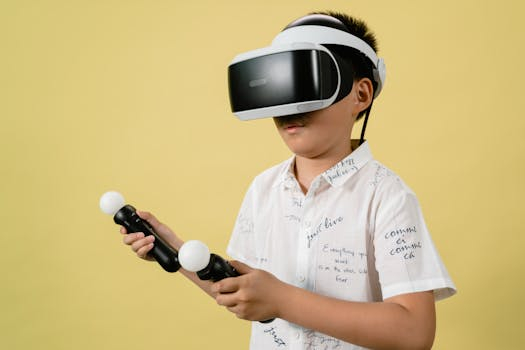Holographic Displays: Emerging Tech for Immersive Experiences
Holographic displays have long been a concept of fascination in science fiction, often seen as a portrayal of futuristic technology. But in recent years, this seemingly fictional idea has become a reality, with holographic displays emerging as a cutting-edge tool for creating immersive experiences. As the demand for interactive and engaging visual content continues to rise, holographic displays are positioning themselves as the next big thing in the world of display technology. In this article, we will dive into the world of holographic displays, exploring its emerging technology and how it is transforming the way we experience visuals.
The Evolution of Holographic Displays
Before delving into the realm of holographic displays, let us first understand what exactly they are. Holographic displays are a type of display technology that creates 3D images by using light diffraction, meaning the image appears to be floating in mid-air. The first concept of holographic displays was introduced back in the 1960s by Hungarian-British physicist Dennis Gabor, who won a Nobel Prize for his invention of holography. However, it wasn’t until the 1980s that the first practical holographic display was developed by researchers at MIT. Since then, the technology has rapidly advanced, paving the way for its current potential in various industries.
Holographic Displays in Today’s Technology
Entertainment Industry
Entertainment has been one of the main industries to embrace holographic displays, with many artists incorporating them into their performances to create mind-blowing visual experiences for their audiences. One famous example is the holographic performance of the late musician, Prince, at the 2018 Super Bowl halftime show. Holographic displays have also been used in concerts, bringing deceased singers such as Michael Jackson and Tupac Shakur back to life on stage. This technology has revolutionized the entertainment industry, making performances more dynamic and engaging for viewers.
Medical Industry
Another sector where holographic displays are making a significant impact is the medical industry. Surgeons and medical professionals use holographic displays to visualize patient data in real-time, making complex procedures more precise and efficient. For instance, a surgeon could view a 3D holographic representation of a patient’s anatomy during surgery, making it easier to navigate through the body and reducing the risk of errors. This technology has the potential to save lives and improve the quality of healthcare.
Retail Industry
Retailers are also jumping on the holographic display bandwagon, using it to enhance the shopping experience for customers. With the rise of e-commerce, brick-and-mortar stores need to find new ways to engage customers and create a unique in-store experience. Holographic displays allow retailers to showcase products in a three-dimensional space, giving customers a better understanding of the product and how it works. This technology can also be used for virtual try-on of clothes and makeup, making the shopping experience more interactive and personalized.
The Future of Holographic Displays
With its current trajectory, holographic displays are poised to become a vital technology in various industries. As the technology advances, we can expect more realistic and interactive holographic displays that will blur the line between the physical and virtual world. This could potentially have significant implications for the advertising, gaming, and education industries. The use of holographic displays in everyday life is no longer a far-fetched idea, but a reality that is rapidly evolving.
The demand for immersive and interactive experiences continues to grow, and holographic displays are at the forefront of fulfilling that demand. Its potential is vast and still largely untapped, with more advancements and innovations yet to come. As we continue to push the boundaries of technology, holographic displays are proving to be an emerging tech that is here to stay, transforming the way we experience and interact with visuals.
In conclusion, holographic displays have come a long way since its inception and are now making a significant impact in various industries. With its ability to create lifelike and interactive 3D visual experiences, it is set to revolutionize the way we perceive and engage with technology. As we continue to explore its potential, holographic displays are propelling us into a new era of immersive technology.











